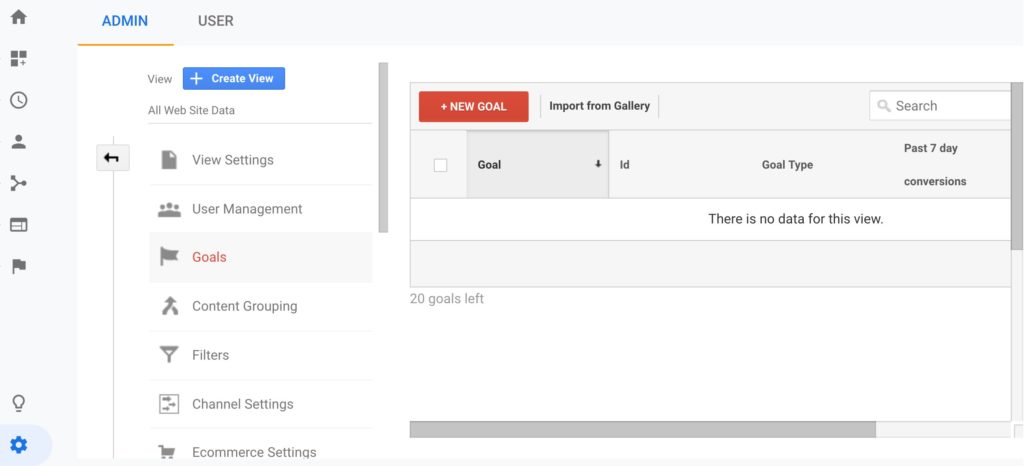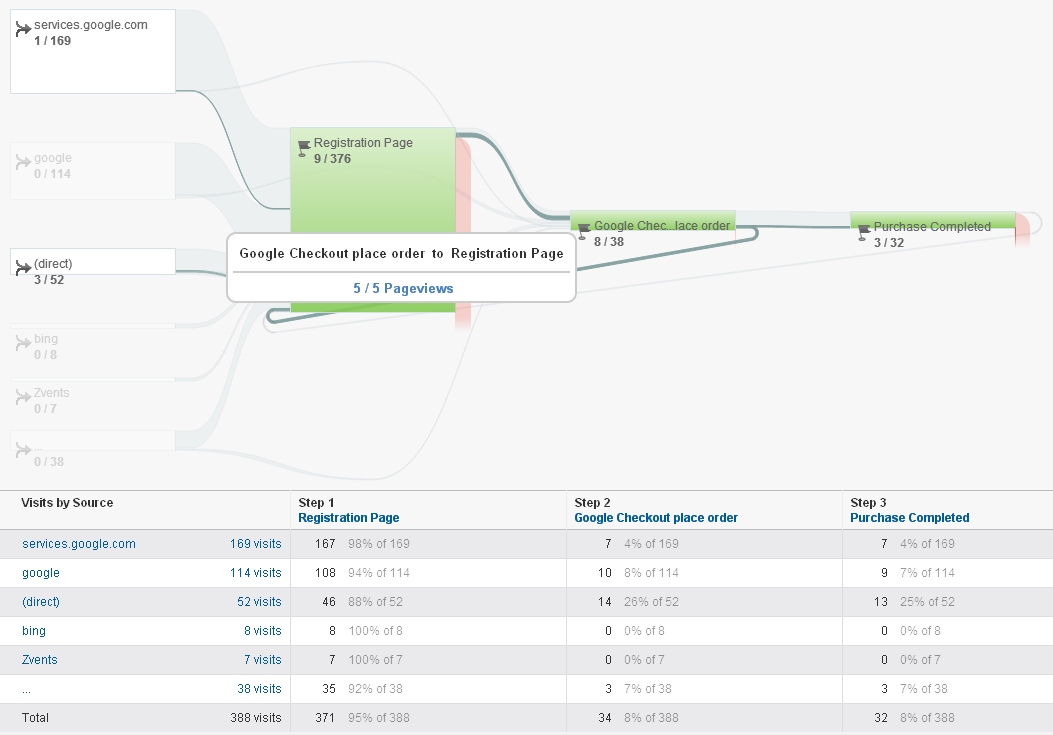What Data Is Google Analytics Goals Unable to Track and Why
What Data Is Google Analytics Goals Unable to Track and Why
Blog Article
Revealing the Blind Attractions: Understanding What Google Analytics Goals Can not Measure
In the realm of digital analytics, Google Analytics stands as an effective device for tracking and examining online user interactions. Amid its robust capacities, there exist blind spots that often evade dimension. what data is google analytics goals unable to track. Understanding what Google Analytics objectives can not determine is important for getting a thorough sight of customer behavior and involvement. As we dive right into the ins and outs of these unseen areas, we discover a complex web of undiscovered regions that hold useful insights right into customer activities and motivations, tough standard knowledge and clarifying the constraints of our data-driven understanding.
Customer Behavior on External Platforms
Comprehending how users engage on external platforms is crucial for maximizing online approaches. External systems, such as social networks networks, reference web sites, and online forums, play a significant function in driving website traffic to a firm's internet site. By analyzing customer actions on these systems, businesses can get important understandings right into the efficiency of their marketing initiatives and the choices of their target audience.
One trick aspect of customer actions on outside systems is the referral source. By tracking where the customers are coming from, services can determine which platforms are driving one of the most traffic to their website. This information can assist firms allocate their resources extra effectively, focusing on the systems that generate the very best outcomes.

Offline Conversions and Interactions
Evaluating customer actions on exterior systems gives beneficial understandings right into on-line strategies; however, thinking about offline conversions and interactions is equally crucial for a detailed understanding of a business's overall performance. While Google Analytics stands out at tracking on the internet interactions, it falls short in capturing the complete consumer trip that usually consists of offline touchpoints. Offline conversions, such as in-store acquisitions or phone inquiries, play a considerable function in many organizations' success. Disregarding these interactions can cause a distorted view of the performance of advertising and marketing projects and overall business efficiency.

Attribution Beyond Last Click
When delving into the realm of digital advertising find here and marketing analytics, it comes to be important to look beyond the solitary touchpoint of the last click for a more comprehensive understanding of acknowledgment. While Google Analytics supplies beneficial insights into individual habits, counting only on last-click acknowledgment can be limiting - what data is google analytics goals unable to track. Attribution designs that exceed the last click provide an extra nuanced sight of the consumer trip, taking into consideration all the touchpoints that lead to a conversion
Acknowledgment past the last click enables marketing experts to appoint credit history to various communications along the conversion course, providing a clearer photo of the performance of various advertising and marketing networks. By discovering multi-touch attribution models such as linear, time degeneration, or position-based attribution, companies can better allocate their advertising spending plans and enhance their techniques for maximum influence.
Comprehending the influence of each touchpoint in the conversion process is essential for making informed choices and making best use of ROI. By accepting attribution past the last click, companies can gain much deeper insights right into client behavior and customize their marketing efforts a lot more efficiently.
Cross-Device and Cross-Browser Monitoring

Likewise, cross-browser monitoring enhances cross-device tracking by catching user actions as they switch over between various internet internet browsers. Understanding exactly how customers communicate with sites on numerous web browsers can aid online marketers enhance their on the internet experiences to make certain consistency and performance across different systems.
Qualitative Information and Customer Intent
Understanding user intent through qualitative data analysis is essential for creating targeted electronic marketing strategies that resonate with the needs and preferences of the target market. Qualitative information gives insights right into the 'why' behind customer activities, clarifying inspirations, feelings, and preferences that quantitative data alone can not capture. By assessing customer comments, comments, and interactions, marketing professionals can discover important info regarding individual intent, allowing them to customize their messaging, web content, and offerings to much better straighten with what their audience is looking for.
Qualitative data also aids in recognizing the context in which individuals engage with a website or application. This contextual understanding allows marketers to produce even more customized and pertinent experiences, eventually driving higher involvement and conversion prices. By delving right into user intent via qualitative information analysis, businesses can obtain a much deeper understanding of their target market, resulting in extra efficient marketing approaches that meet individuals' expectations and demands.
Conclusion
To conclude, Google Analytics goals have constraints in determining user actions on external systems, offline conversions, acknowledgment beyond last click, cross-browser and cross-device monitoring, and qualitative information associated to individual intent. what see this data is google analytics goals unable to track. It is very important for services to be aware of these unseen areas in order to supplement their information analysis with other devices and methods to get an extra extensive understanding of their target market and boost their overall electronic marketing methods
By evaluating user habits on these systems, businesses can acquire beneficial understandings into the performance of their advertising initiatives and the choices of this content their target audience.
Analyzing user habits on external systems provides valuable insights into on the internet methods; nonetheless, considering offline conversions and interactions is similarly imperative for an extensive understanding of a business's general efficiency.In electronic advertising analytics, relocating past last-click acknowledgment to discover cross-device and cross-browser monitoring is important for acquiring an alternative understanding of individual interactions across various platforms and devices. By evaluating user feedback, remarks, and communications, marketers can uncover beneficial details concerning individual intent, enabling them to tailor their messaging, content, and offerings to better straighten with what their target market is seeking.
By diving into individual intent via qualitative information evaluation, services can get a deeper understanding of their target audience, leading to more effective advertising and marketing approaches that meet users' needs and assumptions.
Report this page